Sandpit and no arable farming
Residents of Argavand village gradually cease to engage in arable farming. This is not because they no longer want to cultivate their land plots, but rather because the land of this village, located in Armavir region, is rich in building sand.
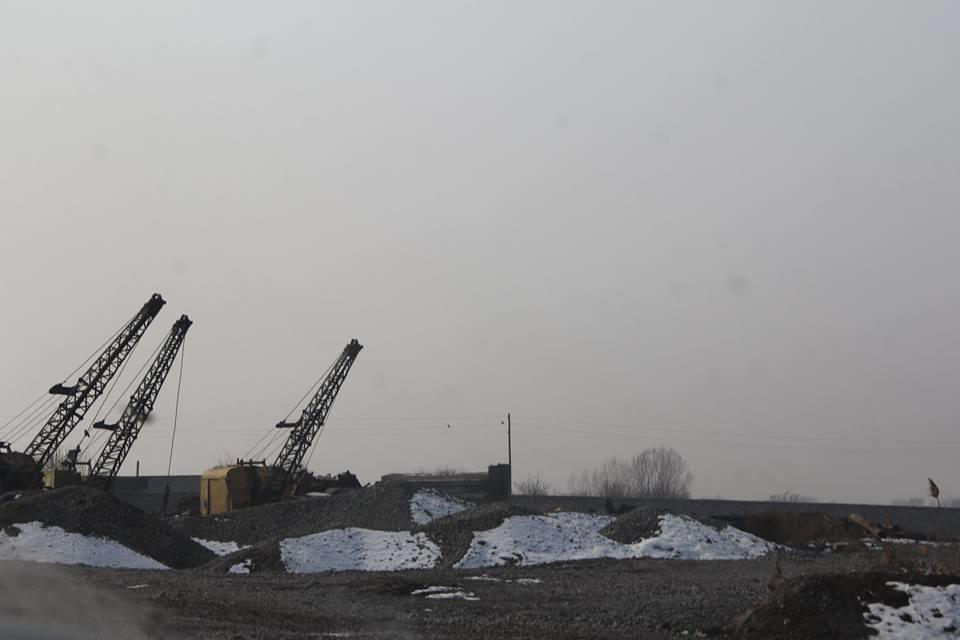
Hakob is one of the residents of Argavand village, who has sold his only source of income – his land plot, on his own free will, but at an unfavorable price. He has had to sell it. The matter is that a sandpit, located in the vicinity of the land plot, has been put into operation. For this reason the earth has dehydrated and it has become pointless and impossible to cultivate anything there.
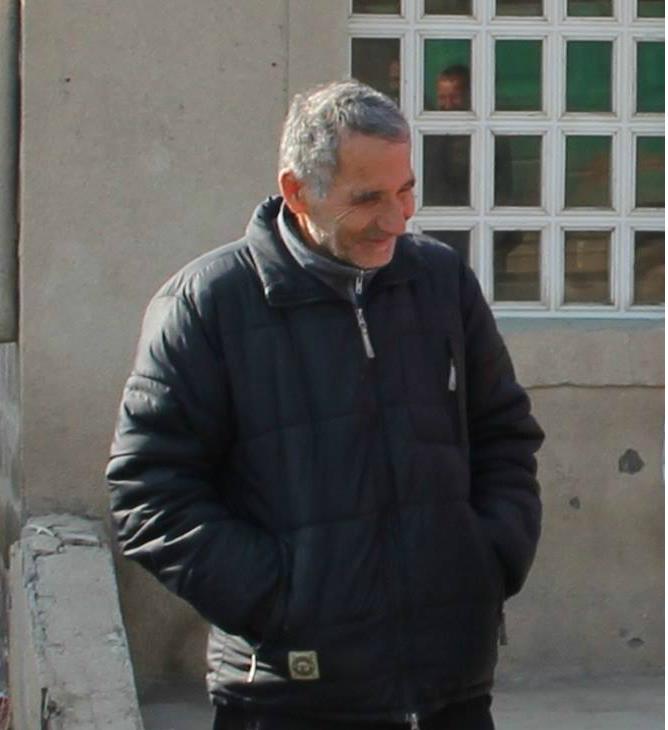
Many of Hakob’s fellow villagers have shared the same lot. Having gathered around him in the village center, they have confirmed Hakob’s words: even if only one sandpit is operated on 1 hectare area, it is enough for a territory of dozens of hectare around a sandpit to dehydrate and become unsuitable for arable farming. Locals say, over 30 hectares of Argavand land they once used to cultivate and gain profit, have now turned into sand pits.
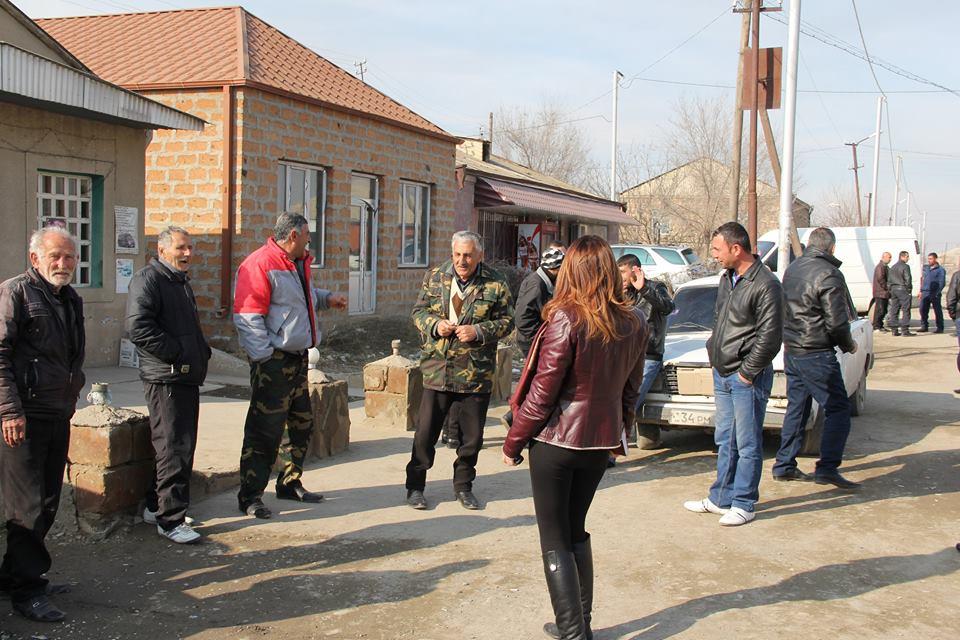
The area along the banks of the Ara(x)s River is rich in building sand. A sand layer could be found directly under the vegetation layer, sometimes at 15-20 m. depth. In the process of sand mining, the underground water from the surrounding area drains into pits, simultaneously dehydrating the adjacent agricultural plots.
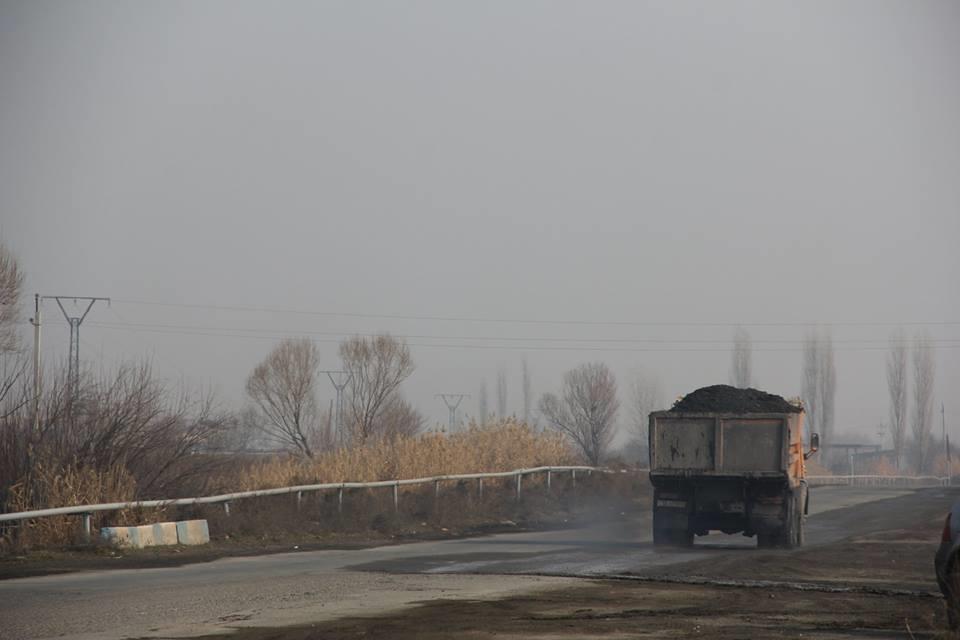
Many entrepreneurs operate the mines in Armavir region. Whereas the agricultural land plots of dozens of the communities turn into deserts and swamps each year. The problem is that after the depletion of sand reserves, a sandpit owner quits, leaving a swamp, an area that is deserted and unsuitable for arable farming.
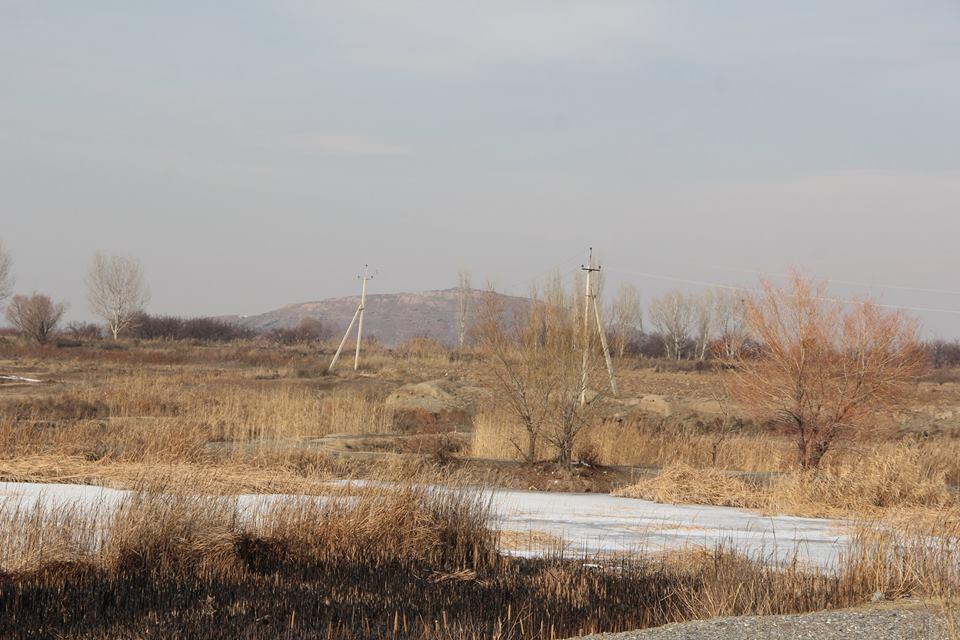
Who operates the sandpits?
We have tried to find out from the head of Argavand rural community, Arshak Aghajanyan, who operates the sandpits and why aren’t the sandpit owners engaged then in re-vegetation, re-cultivation, which is required under the Law on Subsoil.
Having been asked such a question, his nerves have snapped there. There have been a few scrappy and aggressive responses: ‘Why are you asking me? What has the village head to do with all that? Why have you come here? Where have you seen the sandpits? What kind of sandpits? There are no registered sandpits in the village. The village administration has neither a contract, nor any information about where from and how much sand has MP Nahapet Gevorgyan produced within four years.’
The only thing that the head of the village community has been aware of is that the MP has not been extracting sand in their village for a year, he has moved to a neighboring Tandzut village. He has not heard anything about an owner of the sandpit, operating in the village outskirts. Once he tried to demand payment of a land tax, but he got a rude back-word, so he just apologized and left. Even the two inspections did not help the village head figure out at least for himself, who operated a sandpit in the village.
Meanwhile, Argavand resident, Hakob, as well as his fellow villagers, know, who are profiting at the expense of their land, though they avoid telling the names.
Communities are not competent to decide the land’s fate
Mandatory land re-cultivation is mainly performed by the state and a mine owner shall pay for that. It turns out that either the owner does not pay anything, or, at best, he pays, but the state fails to comply with its commitment. As a result, the pit is filled with underground water, turns into swamp and becomes a source of epidemic.
Sanasar Baghdasaryan, an ecologist, estimates that over 1000 hectares of land, including 250 hectares that belong to Janfida community, are nowadays subject to re-cultivation in Armavir region.
According Rafik Yeghiazaryan, the Head of Janfida village, all those are the traces of sandpits, left from Soviet times. The head of Janfida village community is concerned that hundreds of hectares of land right at the village entrance have turned into swamps and watery sand areas.
He assures, there are no new sand mines in the village now. And even if there are any, the rural municipality has nothing to do with that. The land belongs to the owners and a permission to operate a pit is issued by the Ministry of Energy and Natural Resources.
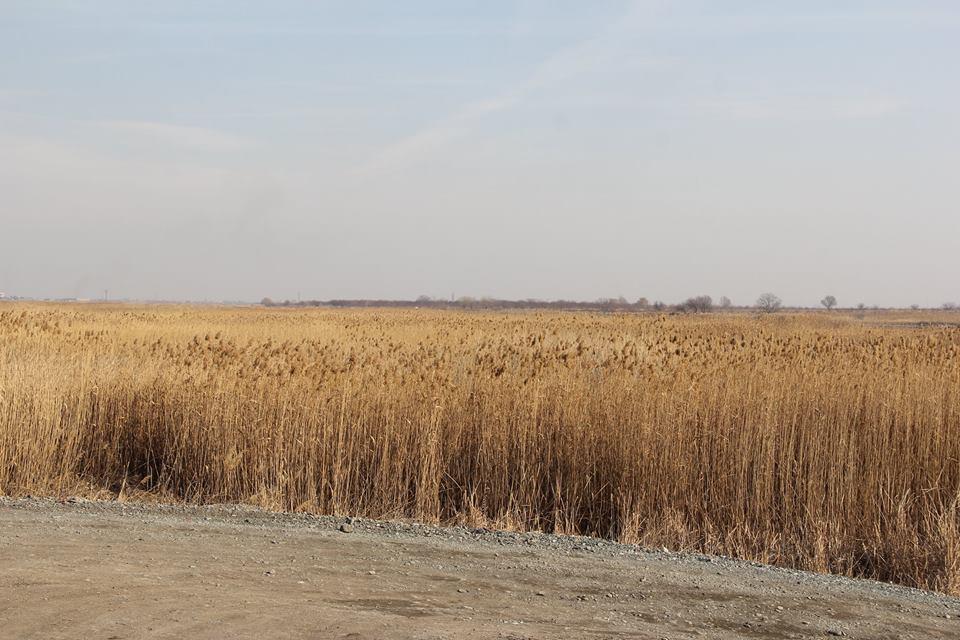
Jrarat community is facing the same problem. Here, the entrepreneurs, who purchased land plots from the local farmers, have also legally turned a significant part of the village into the mine. Many residents of Jarat village are even looking forward to a generous client, who will be willing to buy their land and turn it into a sandpit.
Samvel Galstyan, the Head of Jrarat village, is against exploitation of sand mines in the village. However, the law does not allow him to interfere with or prevent the process of turning farmland into sandpits. The only way of struggle for him is to turn down those, willing to lease the reserve fund’s land plot for the purpose of opening a mine.

Well-protected business
Even at one’s strong desire it will be hardly possible to enter the sandpit area. Instead of people, there are unfriendly dogs, who meet the visitors here. As for the sandpit owners’ names, this is a classified information.
It is unfair to consider the present situation the legacy of the Soviet era, as this tradition continues nowadays as well. Year in and out, the rural land plots are turning into mines and, despite the fact, that all sandpit owners pay (or at least, should pay) a statutory sum before obtaining an operation permission, the re-cultivation of land has not been performed.
Under Paragraph 3, Article 70, of the Subsoil Law of the Republic of Armenia, an authorized body, in this case, the Ministry of Energy and Natural Resources, is responsible for re-cultivation works after the closure of the pit. Even if an owner fails to comply with this condition, the authorized body shall, on its own initiative, implement the necessary activities at the expense of equity funds accumulated for nature and environment protection purposes.
Hakob realizes, that agricultural lands of Argavand village are turning into swamp, but he is not very much encouraged by the fact of re-cultivation, since he will never be able to buy his old plot back. Hakob’s argument is that his land has been turned into waste and bought at a knockdown price. After re-cultivation, it’s price will considerably grow, but he could hardly afford it.


















